1. The Olympic Games and Our Obsession with Sports
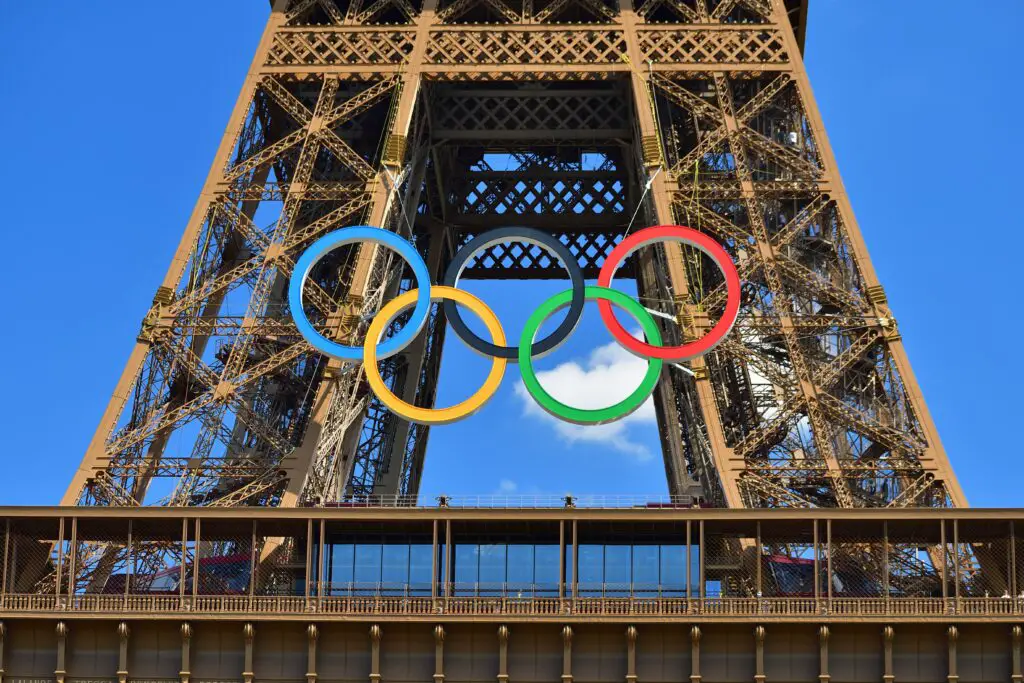
Back in ancient Greece, the Olympics weren’t just a chance to show off athletic talent—they were deeply tied to religion and held in honor of Zeus. City-states would send their best competitors to Olympia, where men (only men!) would compete nude in everything from running to wrestling. The games were paused during wars, and winners got olive wreaths instead of medals. It was a way of uniting the Greek world, even if just temporarily, through shared reverence and competition shares Olympics.com.
Today, the Olympics are global and far more inclusive, but the passion remains. We still crowd around TVs, cheer for our countries, and idolize athletes. Modern sports culture, from Super Bowls to World Cups, owes a lot to these ancient rituals. Even the Olympic flame comes from a torch-lighting ceremony in Olympia. It’s wild to think that a religious tribute turned into billion-dollar sporting events. But the core idea—celebrating human potential—is still going strong adds ESPN.
2. Saturnalia and the Spirit of Christmas
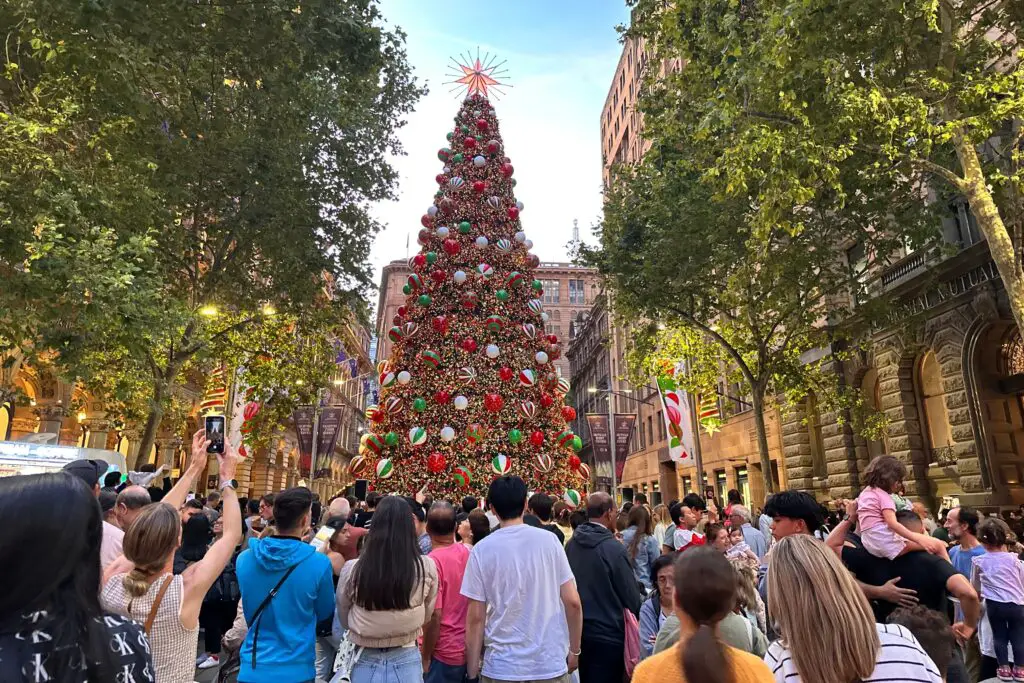
Saturnalia was an ancient Roman festival held in December to honor Saturn, the god of time and harvest. For a few days, roles reversed—slaves were treated to banquets, gifts were exchanged, and the streets filled with laughter and chaos says Britannica. People even decorated their homes with greenery and lit candles, which sounds pretty familiar, doesn’t it?
When Christianity began spreading, early church leaders didn’t want to erase beloved pagan festivals, so they rebranded them. Saturnalia’s merriment, gift-giving, and decorations were absorbed into Christmas. Even the idea of a jolly figure handing out treats has roots in this festival. So next time you’re sipping eggnog by the tree, just know it started with toga parties and role reversals in ancient Rome shares ZME Science.
3. Viking Toasts and Our Wedding Speeches
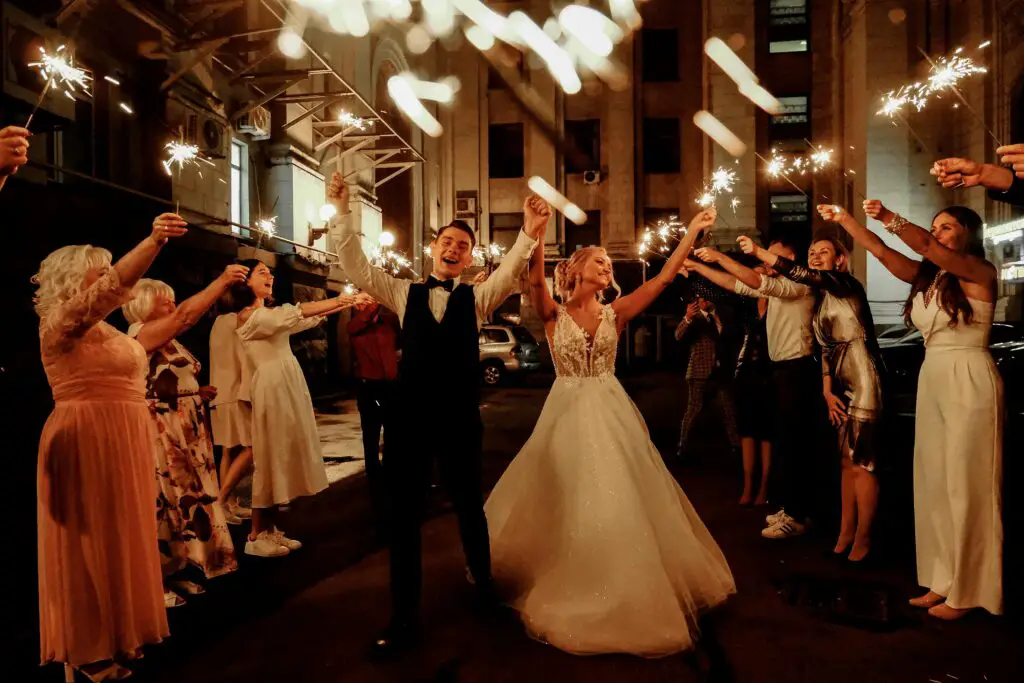
The Norse had a tradition called “bragafull,” where a ceremonial toast was made to the gods, fallen warriors, or future victories. During feasts, each person would stand, raise a horn of mead, and speak about their deeds or hopes. It was part prayer, part boast, and part storytelling. It also sealed oaths—once you toasted to something, it was a sacred vow.
Fast forward to today, and we still gather during special events to raise a glass and speak from the heart. Think of best man speeches or anniversary toasts—they’re just our modern-day bragafulls. We may use champagne instead of mead and talk about love instead of battle, but the emotional intent remains. We honor people, share memories, and bond through words and wine.
4. Celtic Samhain and Halloween Night
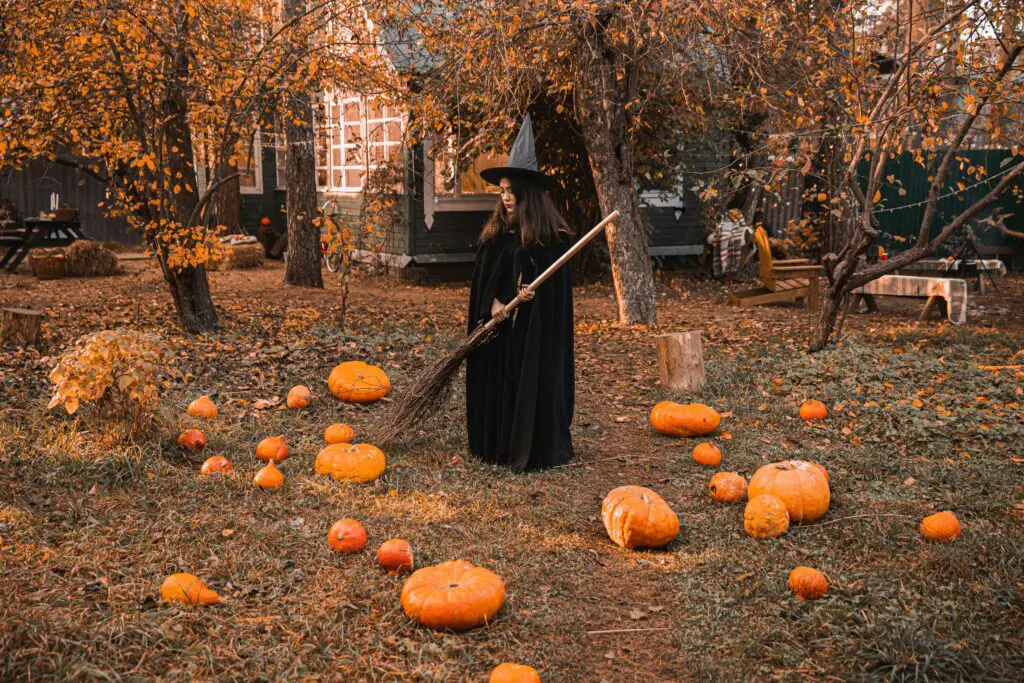
The Celts celebrated Samhain to mark the end of the harvest and the start of winter, a time they believed the veil between the living and dead was thinnest. People lit bonfires, wore disguises to confuse spirits, and offered food to wandering souls. They weren’t trying to be spooky—they were protecting their homes and families.
That blend of fear and festivity carried over when Samhain evolved into All Hallows’ Eve. Eventually, costumes turned playful, and trick-or-treating replaced ancient offerings. But we’re still trying to make peace with the unknown in the same way. Every jack-o’-lantern and haunted house traces back to those eerie bonfire nights in ancient fields.
5. Roman Triumphs and Modern Parades
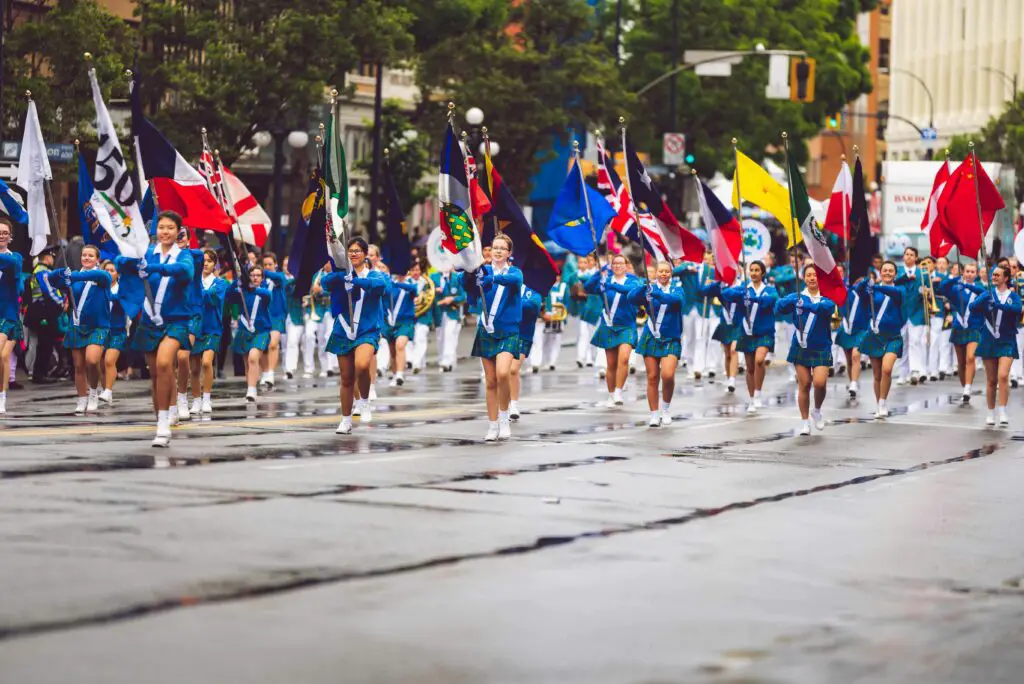
When Roman generals returned victorious, they were granted a “triumph”—a massive parade through the city with soldiers, spoils of war, and captives on display. The general wore a laurel crown and rode in a chariot as crowds cheered. It was both a show of strength and a way to honor the gods who supposedly granted the win.
Modern parades may not involve elephants or golden armor, but they carry that same sense of celebration. Think ticker-tape parades for astronauts, sports teams, or national holidays. Floats replaced chariots, but the desire to come together and mark a big achievement is timeless. We’re still marching for joy, just with more glitter and fewer togas.
6. Egyptian Eye Makeup and Everyday Eyeliner
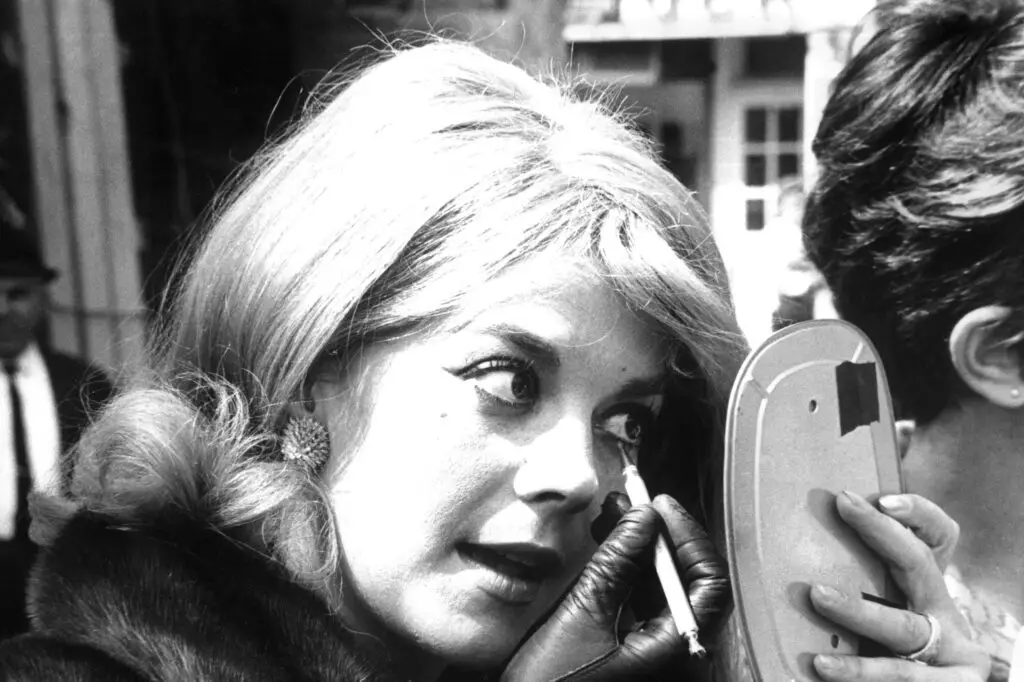
Ancient Egyptians didn’t just wear eyeliner for beauty—they believed it had magical and medicinal powers. Both men and women applied kohl around their eyes to ward off illness and protect from the sun. The iconic cat-eye look wasn’t about vanity, it was about connecting to the gods and staying safe in the harsh desert.
Fast forward a few millennia, and we’re still painting our eyelids for power—though now it’s mostly about confidence. That sleek winged liner you rock on a night out? It has a direct line back to Cleopatra. Beauty and identity have always been tied together, and ancient rituals like this helped create our modern cosmetic routines.
7. Maypole Dancing and Community Festivals

The maypole dance likely started in pagan Europe as a fertility rite, celebrating spring and the renewal of life. Villagers would gather to decorate a tall pole with ribbons and flowers, then dance around it in intricate patterns. It was a joyful, communal event meant to honor the earth and ensure a good harvest.
Today’s community fairs and folk festivals still echo that same energy. Whether it’s square dancing at a barn party or kids twisting ribbons at a school event, we’re tapping into those same feelings of unity and celebration. Even if we don’t know why we’re doing it, we still feel connected when we dance in a circle with our neighbors.
8. Greek Symposiums and Modern Dinner Parties
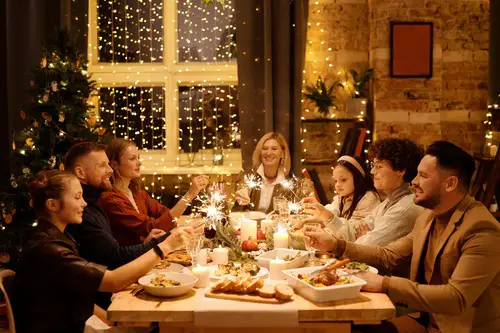
In ancient Greece, a symposium wasn’t just dinner—it was a structured gathering of men (again, just men) to eat, drink, and talk philosophy. There was usually a host, rules for drinking, entertainment, and lots of deep discussion. It was equal parts intellectual salon and wine-fueled hangout.
Sound familiar? Our modern dinner parties often follow a similar format: good food, good wine, and even better conversation. We may not solve the meaning of life over a cheese plate, but we do use these gatherings to connect and reflect. The roots of the dinner party lie in those reclining Grecians pondering the stars over goblets of red.
9. Chinese Ancestral Worship and Family Reunions
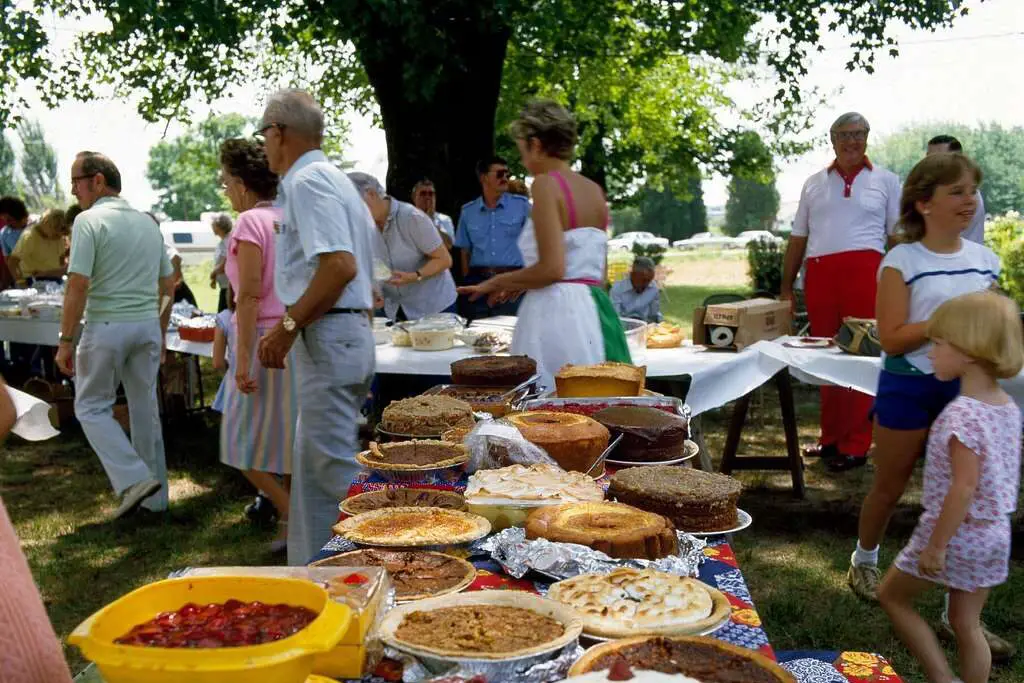
In ancient China, honoring your ancestors wasn’t a once-in-a-while event—it was deeply woven into daily life. Families kept altars at home, made offerings, and held seasonal rituals to thank past generations. These acts weren’t just respectful; they were believed to bring protection and luck.
Modern family reunions may not involve incense or formal rites, but they serve a similar purpose. We gather, we eat, we tell stories of grandparents and great-aunts. That shared time keeps family bonds strong and creates continuity across generations. Even without the altar, we’re still celebrating our roots in meaningful ways.
10. Japanese Tea Ceremony and Mindful Gatherings
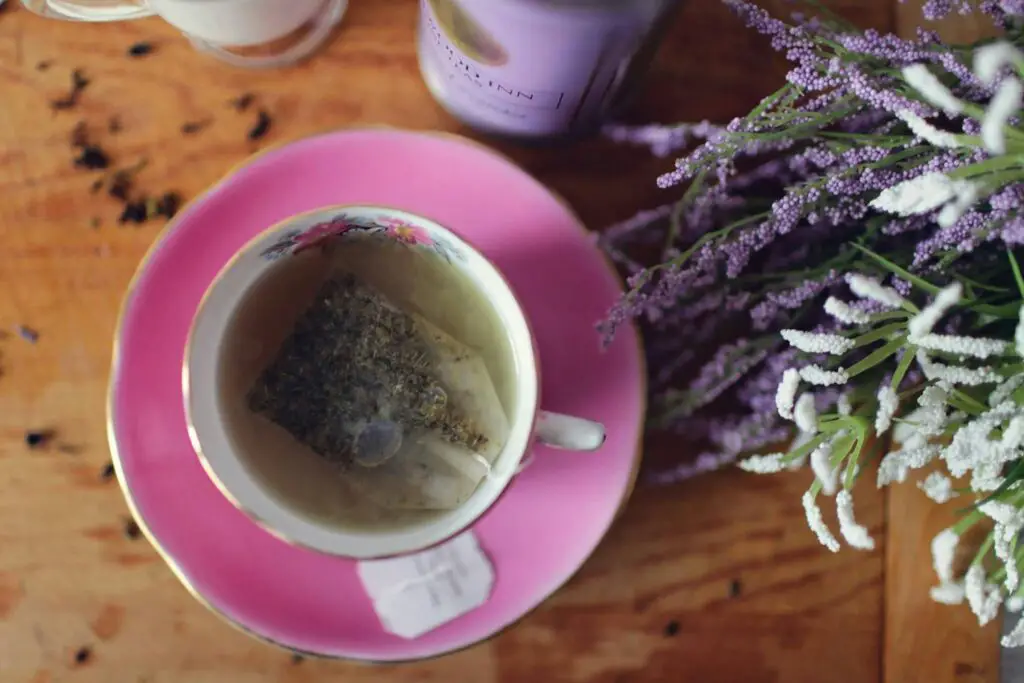
The Japanese tea ceremony began as a Zen Buddhist practice emphasizing mindfulness, simplicity, and respect. Every movement—from boiling the water to offering the cup—was deliberate and meditative. It wasn’t about the tea itself, but the ritual and presence of the moment.
Today’s coffee dates, book clubs, and slow brunches carry echoes of this same intention. We seek out quiet, intentional time with others, even in a busy world. The idea of creating space for connection and slowing down is very much alive. Whether it’s matcha or macchiato, the ritual remains sacred in its own way.
11. Native American Smudging and Aromatherapy
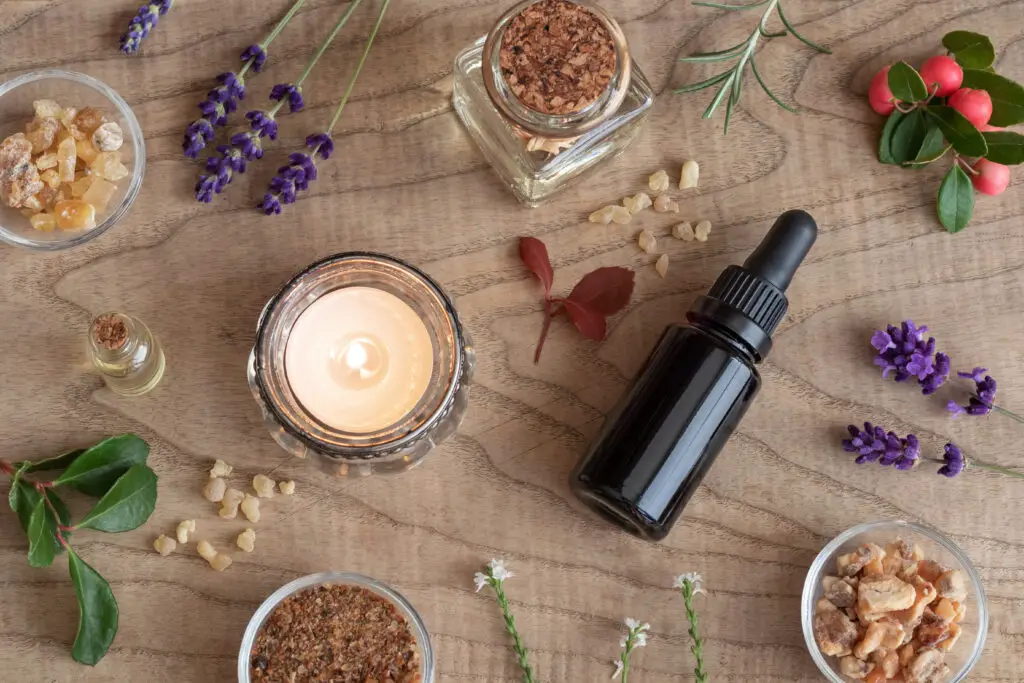
Indigenous tribes across North America have used smudging—burning sacred herbs like sage or sweetgrass—for centuries. It was a way to purify spaces, ward off negative energy, and prepare for ceremonies. The smoke was believed to carry prayers and create spiritual clarity.
While modern aromatherapy isn’t exactly the same, it draws from that same principle. We use scented candles, essential oils, and incense to shift moods and create peaceful environments. The act of cleansing or setting intention through scent is still a powerful part of daily life. Even your lavender diffuser has ancient roots in ritual.
12. Babylonian New Year and Resolutions
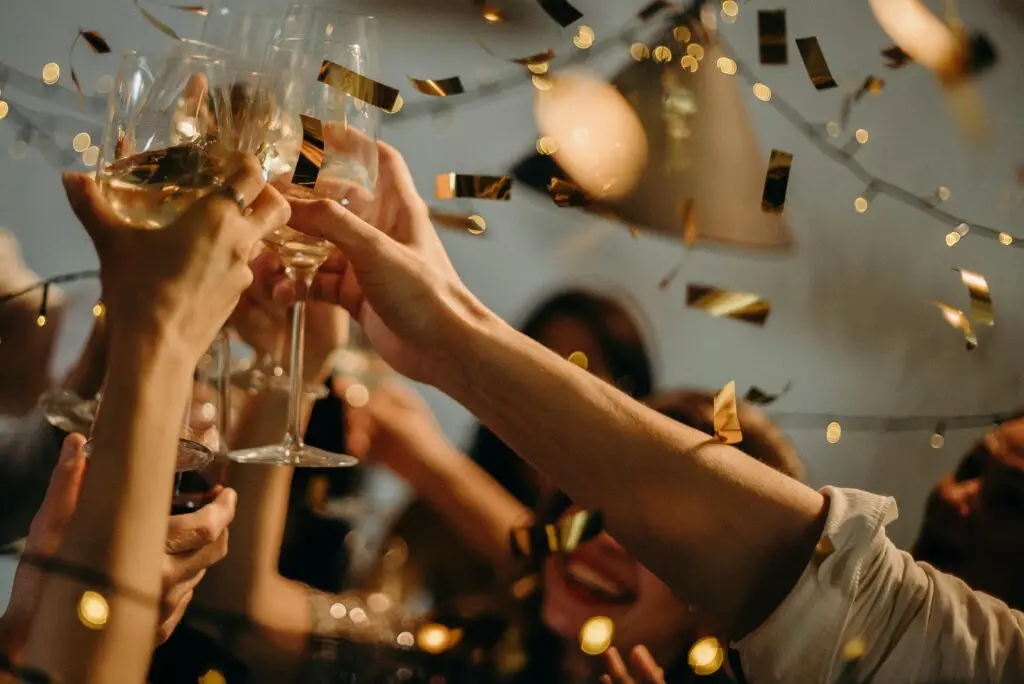
In ancient Babylon, the new year began in mid-March with a 12-day festival called Akitu. They performed rituals to reaffirm the king’s divine right to rule and made promises to the gods to earn favor. These vows were serious—keeping them could mean blessings, while breaking them had spiritual consequences.
Sound like your January 1st goals? We may not swear loyalty to kings, but we do make bold promises every year to improve our lives. The idea that a fresh start deserves a ritual is ancient. And the urge to become a better version of ourselves is something humanity’s been chasing for thousands of years.
13. Druid Tree Worship and Nature Walks

The Druids believed trees, especially oaks, were sacred beings full of wisdom and power. Ceremonies were often held in groves, and trees were seen as bridges between the earth and the divine. They didn’t just hike through forests—they worshipped them.
While we may not whisper prayers to oak trees today, we still seek peace in the woods. Nature walks, forest bathing, and environmentalism all stem from that reverence. There’s something primal about needing the forest, whether it’s for spiritual connection or stress relief. The roots of our love for trees go deep—literally and figuratively.
14. African Libation Ceremonies and Pouring One Out

In many African cultures, libations are poured to honor ancestors, invite spirits, or bless gatherings. A small amount of drink—often water or alcohol—is poured onto the ground before anyone takes a sip. It’s a symbolic gesture of respect and remembrance.
Today, we see echoes of this in people “pouring one out” for the departed, especially in pop culture. It’s often casual, but the sentiment remains powerful: honoring those who’ve passed before us. Whether it’s at a gravesite or on a sidewalk curb, the act of offering a drink carries ancient weight. It’s a small way of saying, “You’re still with us.”
